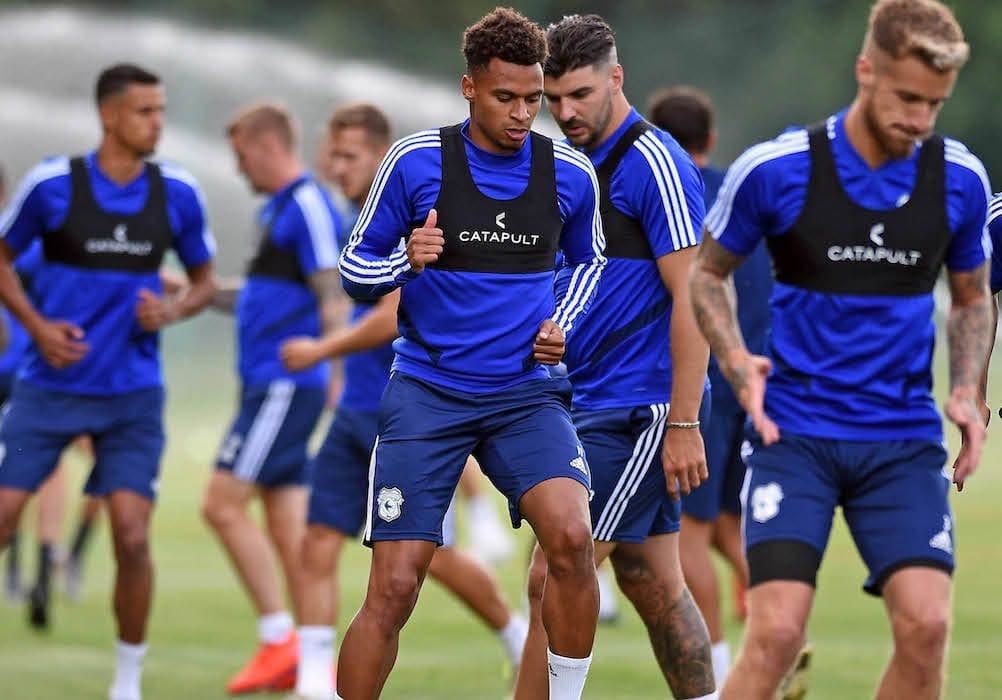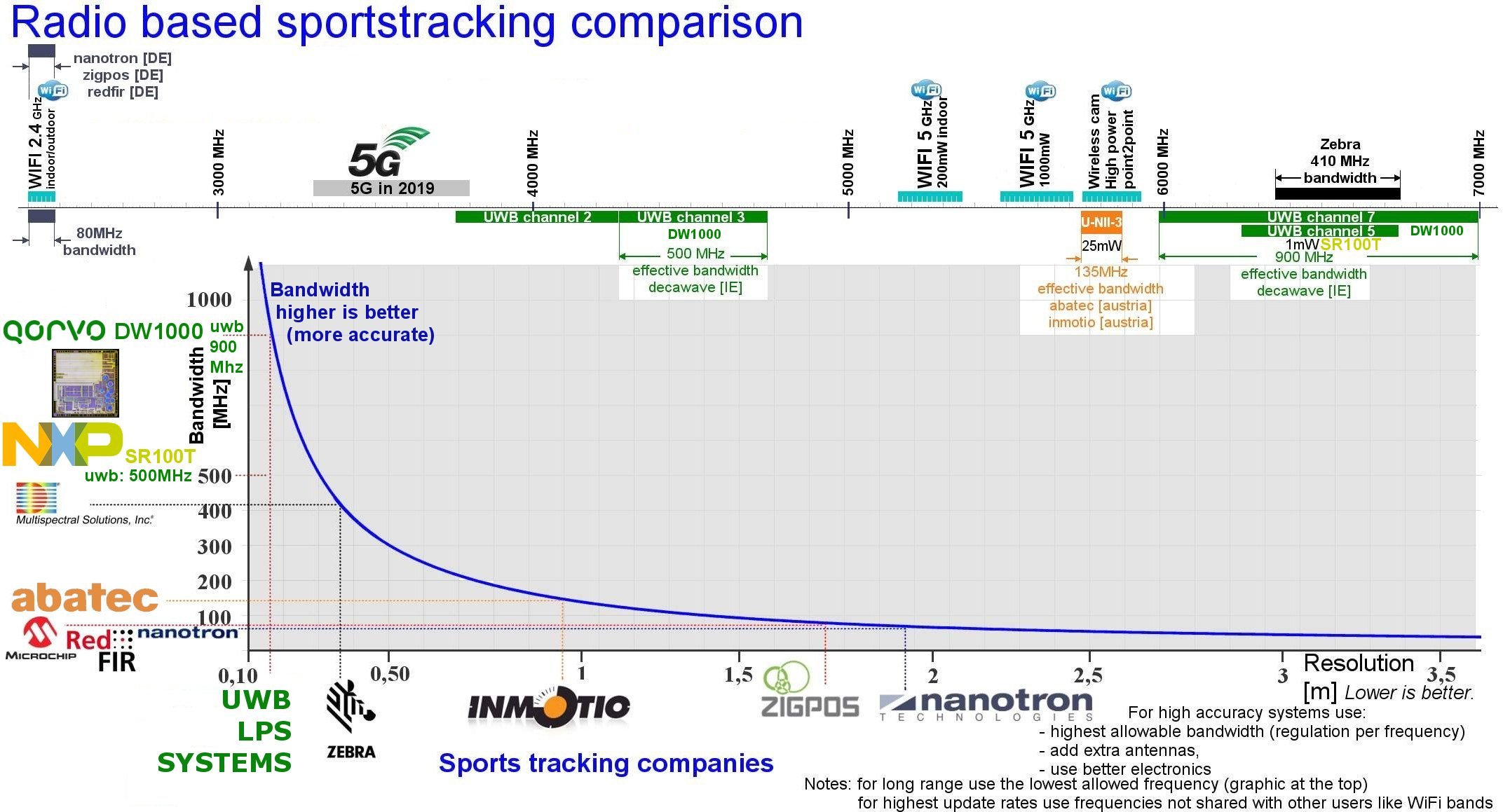Recess articles will typically provide quick insights about salient sports tech news topics as is breaks. To kick off 2025, I’ve cherry picked a technical topic, though to be completely transparent, this Recess is probably longer and more serious than most will be. Enjoy!
If you’re plugged into the sports tech world, or you’re the coach of a competitive youth, college, or professional team sport, you’ve likely heard about the potential benefits and insights you can gain by deploying athlete-tracking systems. The vendors extoll the benefits of better load management, injury prevention, performance enhancement, and more. These systems come in multiple forms, but most break down into one of four distinct categories, each with a different underlying technology to track athlete movement and activity:
Inertial Measurement Unit (IMU) - namely accelerometers, gyroscopes
Global Navigation Satellite System (GNSS) - most commonly GPS-based
Local Positioning System (LPS) - a.k.a. “Real-time Location System”
Computer Vision System - often assisted by machine learning
Of these, IMU, GNSS, and LPS-based systems all require athletes to keep a small sensor package and accompanying battery usually about the size of a deck of cards (today) somewhere on their body. The products typically live in an athletes’ pads, shoes, mouthguard, helmets, waistband or, in cases where those aren’t available, a standalone sports-bra-like vest that holds the sensor to the athletes’ back:

Of these three sensor-based player tracking technologies, it seems a lot of press and marketing material currently centers around LPS devices, especially for indoor applications, since LPS devices don’t require clear connections to satellites like GPS player tracking systems. The deluge of ads, product launch announcements, and publicity for these systems also comes from the rapid growth of companies offering this type of product, including:
Catapult Sports | Vector S7/T7
WIMU (Owned by Hudl) | WIMU Pro
Kinexon | Perform LPS
Zebra Technologies | MotionWorks Sport
Inmotio | Local Position Measurement
GenGee Sports | INSAIT KS
But what actually is a local positioning system, and how does it work?

At the most basic level, UWB-based local positioning systems operate by transmitting and receiving radio signals across a wide frequency spectrum. An UWB emitter, also known as a “tag” (if in motion) or “beacon” (if stationary), will broadcast extremely short radio pulses that are received by “anchors” at different times, depending on how far the tag is from each anchor. With three or more anchors receiving a given tag’s signal, you can use some basic math to calculate the position of the tag. This process is called “triangulation” or “trilateration” and is effectively a miniaturized version of the method that satellite networks (like GPS) use to determine the position of your phone, smartwatch, and other devices!
Part of the beauty of UWB systems lies in their resistance to interference and the wavelength’s ability to penetrate obstacles like walls and furniture, so it’s often used in industrial applications tracking people, parts, or vehicles indoors. Of course, the obstacles at sports arenas and fields are typically other players or boards or fans, but being able to deploy this type of position-triangulating system anywhere without needing to rely on GPS is quite convenient. UWB tracking systems also consume low amounts of power, so a tag embedded in a sensor package on the back of a player can easily last the duration of a long practice or game (as long as it’s not freezing cold— then it may die quickly). As a plus, the systems themselves deploy easily and data transfer is quite simple, even if you are deploying a system temporarily.
A major benefit of using UWB-based LPS to track athletes also comes from the technology’s ability to achieve measurement accuracy and refresh rates required for tracking what I’d classify as larger “gross” activities in sports at the speed a human moves. Most UWB-based LPS products track athletes at an accuracy of roughly ±10-40cm as measured by most independent analyses, and have a refresh rate of about 10-20 Hz, meaning they track the position of each player 10-20 times a second. To be clear, these specs are not strong enough to enable sub-centimeter decisions about goals and offsides calls or to track an athlete’s nuanced movements like jumping and body twisting motions while staying stationary which is why LPS tags are often packaged with IMUs as well. However, the technology performs well enough to track the bulk movements of an athlete over the course of a practice or game to see how far they ran, at what speeds, and to generate useful total load data.

In short, the UWB-based local positioning systems do not represent a panacea for tracking athlete activity, but they are extremely useful for applications in tracking athlete position and movement at the scale of about one foot. Especially when paired with IMU’s or computer vision systems to enhance accuracy, they can be extremely useful across a wide range of applications. With that said though, I do think that the technology could be supplanted by computer vision, or ultrasonic-based positioning technology entirely in the future, as those systems continue to become more accurate and less expensive over time. There are also a variety of other companies in the player tracking space already deploying GPS- and IMU-based sensor packages that leverage the same vest used by the companies above. This list includes StatSports, Oliver Sports, Ubiko, and more— it’s quickly becoming quite a crowded market that we might explore again in the future.
There’s the bell!




